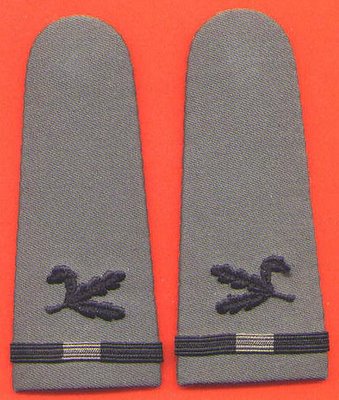Navy Pay Clerks

_____________________________________________________________________________
I was asked several questions about "paymasters"and "pay clerks" in the Navy.
This is what I found.
Originally the paymaster role in the Navy was filled by warrant officers, called Pursers,just as in the Royal Navy. Their duties centered around shipboard supply, disbursement, and administration. They became commissioned officers in 1812. On June22, 1860 their title was changed to "Paymaster."
On July 11, 1919 Paymasters became "Supply Officers", the designation they retain today. Their insignia is a split oak leaf (not to be confused with the oak leaf used for rank). In the 1860 time frame an enlisted "pay clerk" was established. They were first called Paymaster's Stewards. That was changed to Paymaster's Writer in 1870 and changed again to Paymaster's Yeoman in 1878. In 1919,when Paymasters became Supply Officers, their enlisted assistants were renamed Storekeeper (D).
The (D) designation stands for Disbursing Clerk. The insignia for all storekeepers was the crossed keys. That name lasted through WWII, until 1948 when as part of a major overhaul of the Navy enlisted rating structure,the new rating became Disbursing Clerk (DK). The DK insignia is a IBM punch card with one key. The DK rating was just combined (Sept 2005) with the Personnelman (PN). The PN insignia (book and quill) is used for the new combined rating.
_________________________________________________________________________________
The information I provided above, related to US Navy paymasters and their enlisted assistants was correct, but does not tell the whole story. I was also asked about Navy Pay Clerks, and their insignia. It was logical to assume that there were no such animals, since the paymaster role was first filled by Pursers, then Paymasters then Supply Officers up to present. And, their enlisted assistants were called Paymaster's Stewards, Paymaster's Writers, Paymaster's Yeoman, Storekeeper (D), and then Disbursing Clerks (DK).
So, since I had made a full account of all the titles(officer and enlisted) and the full time-line, there simply could not have been such a thing as a Navy Pay Clerk during WWII, as had been suggested to me. I concluded that, in the book which indicated the Navy Pay Clerk title, it was a simple author's error (or a printers error, as authors call them).
I was wrong. The explanation is related to the way warrant officers were used in the US Navy over time. Over the Navy's first century, numerous warrant officers were called up from civilian life to fill specific needs. As I reported, the first paymasters in the US Navy were warrant officers - called pursers. Up until the start of WWI, the Navy warrant officer community declined, and was almost lost. In 1914 only one warrant officer remained on active duty- a chief sail maker.
Then in 1915 warrant ranks were reestablished to meet the demands of the rapidly developing technology of the time. Among those added to the register were 84 chief pay clerks, 101 pay clerks and 52 acting pay clerks. It was then that the Navy positioned these warrant officers in between the Supply Corps Officers and their enlisted Disbursing Clerks. They were referred to as Pay Clerks (as strange as that seems to me). Their insignia was similar to the Supply Officer insignia (split oak leafs- but, sans acorns). They were active through WWII. Most warrant officers after this time had to be chief petty officers (E-7) before they could apply for appointment to warrant officer.
